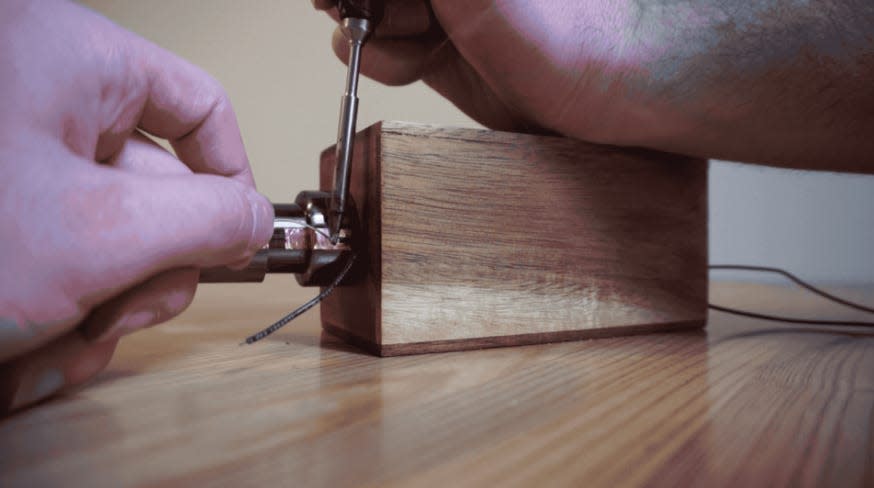Here's how you can make a musical soap dispenser that plays your favorite Spotify songs to help you wash your hands for 20 seconds

Deeplocal
A team of engineers at a design company recently released instructions for a DIY soap dispenser that plays 20 seconds of music while you wash your hands.
The gadget, called Scrubber, requires 4 hours to build, about $30 worth of parts, and some basic coding and soldering knowledge.
You will also need a Spotify account to make Scrubber, as it plays songs from your most listened to tracks of the week.
During the coronavirus pandemic, one of the most essential ways to keep yourself as healthy as possible is to wash your hand frequently — and for 20 seconds.
That's why an engineering and design company, Deeplocal, released instructions on GitHub for a DIY soap dispenser that syncs with your Spotify account to play music for 20 seconds of your most-played songs of the week while you wash your hands.
The gadget's purpose is twofold: It gives you an engaging at-home project to do, and leaves you with a useful tool to help pass the time washing your hands.
The gadget, known as the Scrubber, costs around $30 to make and takes approximately four hours to build. But it should be worth noting that making the gadget requires some basic coding knowledge of Linux as well as beginner soldering skills.
The soap dispenser operates by activating 20 seconds of music that begins when you press down on the soap pump. The parts are adjustable so they can be transferred to different soap dispensers, according to Deeplocal.
The necessary tools include a soap dispenser, a Spotify account, and a few electronic parts including an Adafruit speaker, Raspberry Pi Zero W, copper tape, thin wire, and an optional battery pack.
Deeplocal's team formed the idea while working remotely during the coronavirus pandemic with the intention to create a gadget that could be made with parts people might have at home, according to their GitHub post.
Get the full list of instructions here.
Read the original article on Business Insider

